Unlike the bustling wildlife plains of Serengeti or Tarangire, Lake Eyasi invites travelers to slow down and connect deeply with both people and place. The region is home to the Hadzabe (hunter-gatherers) and Datoga (pastoralists), two of Tanzania’s oldest indigenous tribes who have preserved their traditional ways of life for centuries. Set against a backdrop of rugged hills, acacia woodlands, and shimmering salt flats, Lake Eyasi offers an intimate look into ancient cultures, breathtaking landscapes, and tranquil sunsets that reflect beautifully off its glassy waters.
The lake itself stretches approximately 1,050 square kilometers at peak season, though it fluctuates dramatically depending on rainfall. During the wet season, migratory birds, including flamingos, pelicans, and storks, flock to its shores, turning it into a birdwatcher’s paradise. In contrast, the dry season reveals wide salt pans, creating surreal scenery and opportunities for authentic cultural encounters with local tribes. Whether you come for the cultural depth or the serene wilderness, Lake Eyasi offers a truly enriching safari experience.
Lake Eyasi is located southwest of the Ngorongoro Crater and east of Serengeti National Park. It lies within the Great Rift Valley and forms part of Tanzania’s lesser-visited yet culturally rich regions.
Geographic Size
Approx. 1,050 km² (varies seasonally)
Tribal Communities:
Hadzabe & Datoga
Best Time to Visit
June – February (dry to semi-dry season)
1,030 meters above sea level
Most Famous For
Cultural encounters & birdwatching
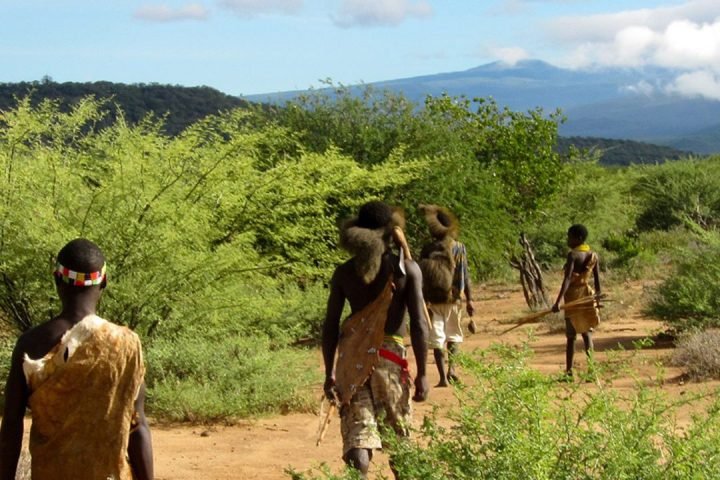


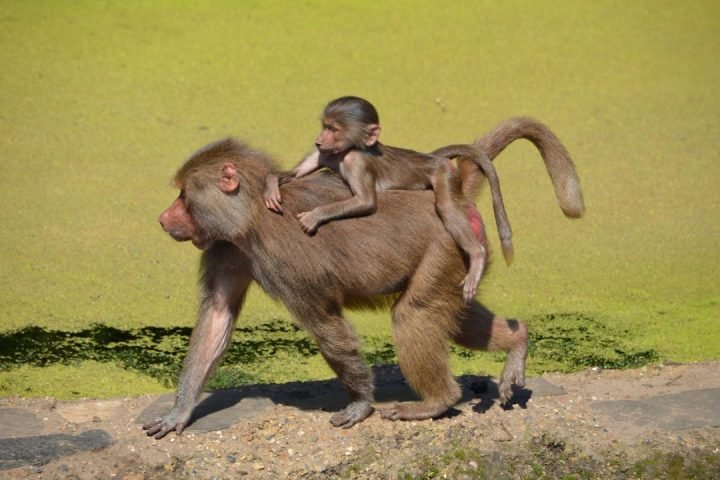
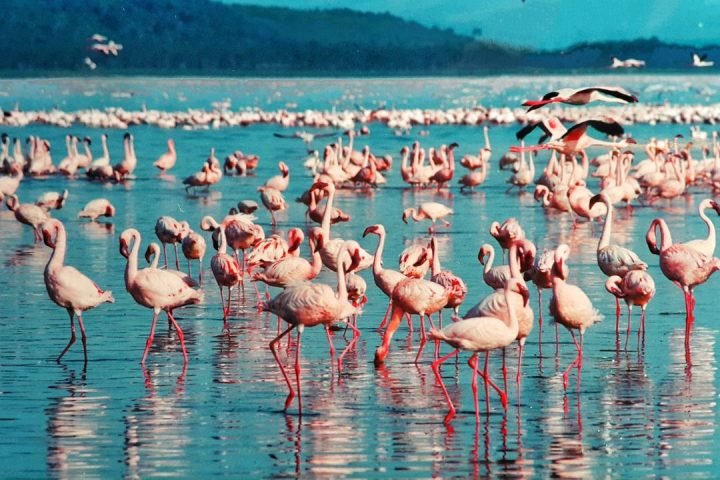
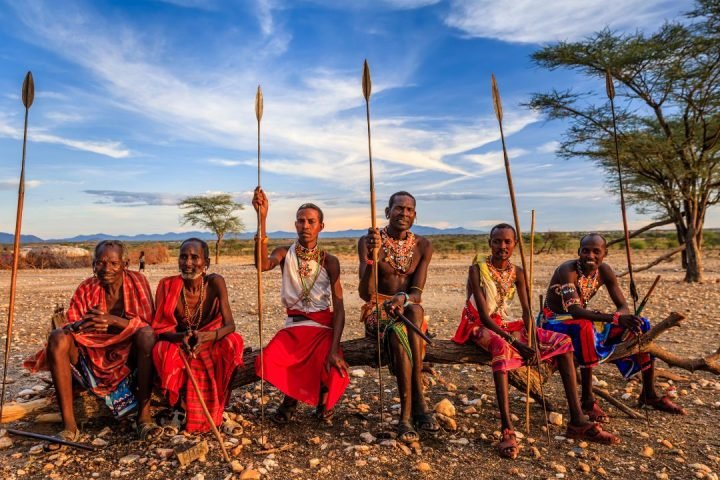
Eyasi Escarpment:
The towering escarpment to the east of the lake offers panoramic views across the Rift Valley. It’s dotted with caves, ancient rock formations, and seasonal streams—perfect for nature walks and photography.
Tribal Villages and Grasslands:
Scattered villages of the Hadzabe and Datoga people are found around the lake. These areas are not only rich in cultural significance but also in biodiversity, with small game and bird species adapted to human coexistence.
Seasonal Wetlands:
During the rainy months, shallow pools form around the lake margins, providing breeding grounds for waterbirds and feeding areas for migrating species—making this one of northern Tanzania’s top birding destinations.
Wildlife and Birds of Lake Eyasi
While Lake Eyasi is not primarily a big game destination, it offers sightings of smaller species such as dik-diks, baboons, vervet monkeys, mongoose, and antelopes. Occasionally, visitors may spot warthogs, giraffes, and lesser kudus in the surrounding woodlands. The area’s true wildlife highlight, however, lies in the coexistence of humans and nature—especially the Hadzabe, who hunt small game and gather honey using traditional bows and arrows.

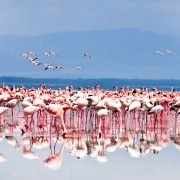
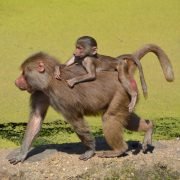

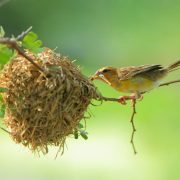

Lake Eyasi is a paradise for bird lovers, especially during the wet season. Over 200 bird species can be found here, including flamingos, pelicans, avocets, storks, African spoonbills, and great white egrets. The alkaline nature of the lake attracts waterbirds feeding on crustaceans and algae, while the woodlands host raptors, hornbills, and colorful bee-eaters. It’s one of the best places in northern Tanzania for peaceful, uncrowded birdwatching.
Lake Eyasi experiences a semi-arid climate, with hot days and cooler nights influenced by the Rift Valley elevation.
Dry Season (June – October): Ideal for cultural tours and photography, as roads are accessible and skies are clear.
Wet Season (November – May): The lake fills up, attracting migratory birds and turning the region green and vibrant.
Temperatures typically range from 25°C to 35°C, occasionally dropping at night. Travelers are advised to carry lightweight, breathable clothing and plenty of water.
Serengeti National Parks FAQ's
Where is Lake Eyasi located?
Lake Eyasi lies southwest of Ngorongoro Crater and southeast of Serengeti National Park, within the Great Rift Valley. It is easily accessible via Karatu and is often included in northern Tanzania safari itineraries.
How large is Lake Eyasi?
The lake covers approximately 1,050 square kilometers, though its size varies considerably depending on seasonal rainfall.
What is Lake Eyasi famous for?
Lake Eyasi is celebrated for its indigenous tribes — the Hadzabe hunter-gatherers and the Datoga blacksmiths — as well as its rich birdlife and sweeping, picturesque landscapes.
What wildlife can I expect to see?
While large predators are rare, the area hosts smaller mammals such as dik-diks, monkeys, warthogs, and giraffes. The main attractions are cultural interactions and birdwatching opportunities.
Is Lake Eyasi safe for tourists?
Yes. Lake Eyasi is a peaceful and safe destination. Traveling with Leen Adventures, guests are guided by experienced local experts who ensure both cultural respect and comfort while visiting tribal communities.
When is the best time to visit Lake Eyasi?
The dry season (June–February) is ideal, with accessible roads and easier organization of cultural tours. Birdwatchers may prefer the wet season (March–May) for observing migratory species.
What activities can I do at Lake Eyasi?
Cultural visits to the Hadzabe and Datoga tribes
Traditional hunting demonstrations with the Hadzabe
Blacksmithing and jewelry-making workshops with the Datoga
Birdwatching and photography tours
Sunset walks along the lakeshore and escarpment
How do I get to Lake Eyasi?
Lake Eyasi is about a 2-hour drive from Karatu or 4–5 hours from Arusha. Roads are mostly gravel but well-traveled and suitable for safari vehicles.
What should I pack?
Bring light clothing, a hat, sunscreen, a water bottle, and sturdy walking shoes. Binoculars and a camera are essential for capturing wildlife and cultural experiences.
Are there accommodations near Lake Eyasi?
Yes. Lodging ranges from comfortable tented camps to charming lodges, including Kisima Ngeda Tented Camp, Tindiga Tented Camp, and Lake Eyasi Safari Lodge. These properties provide scenic views and convenient access to local tribes.
More Facts